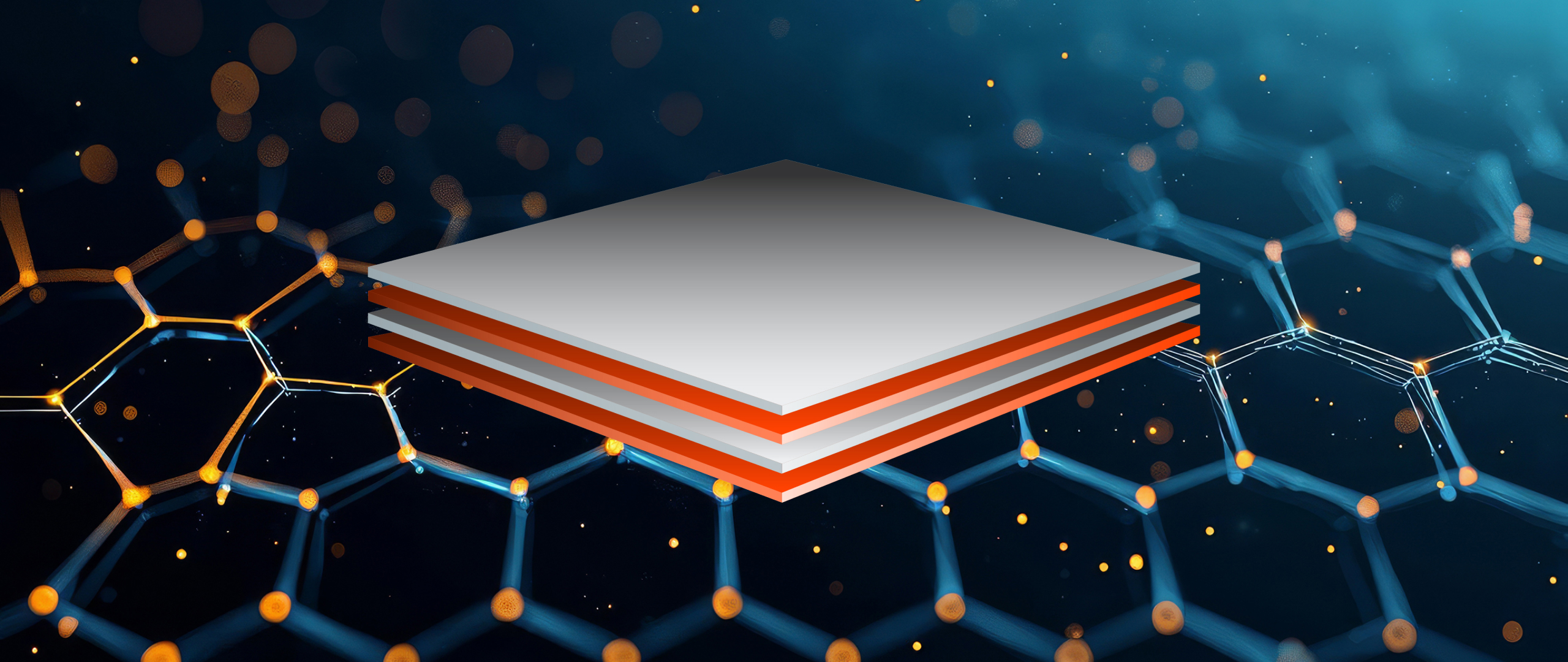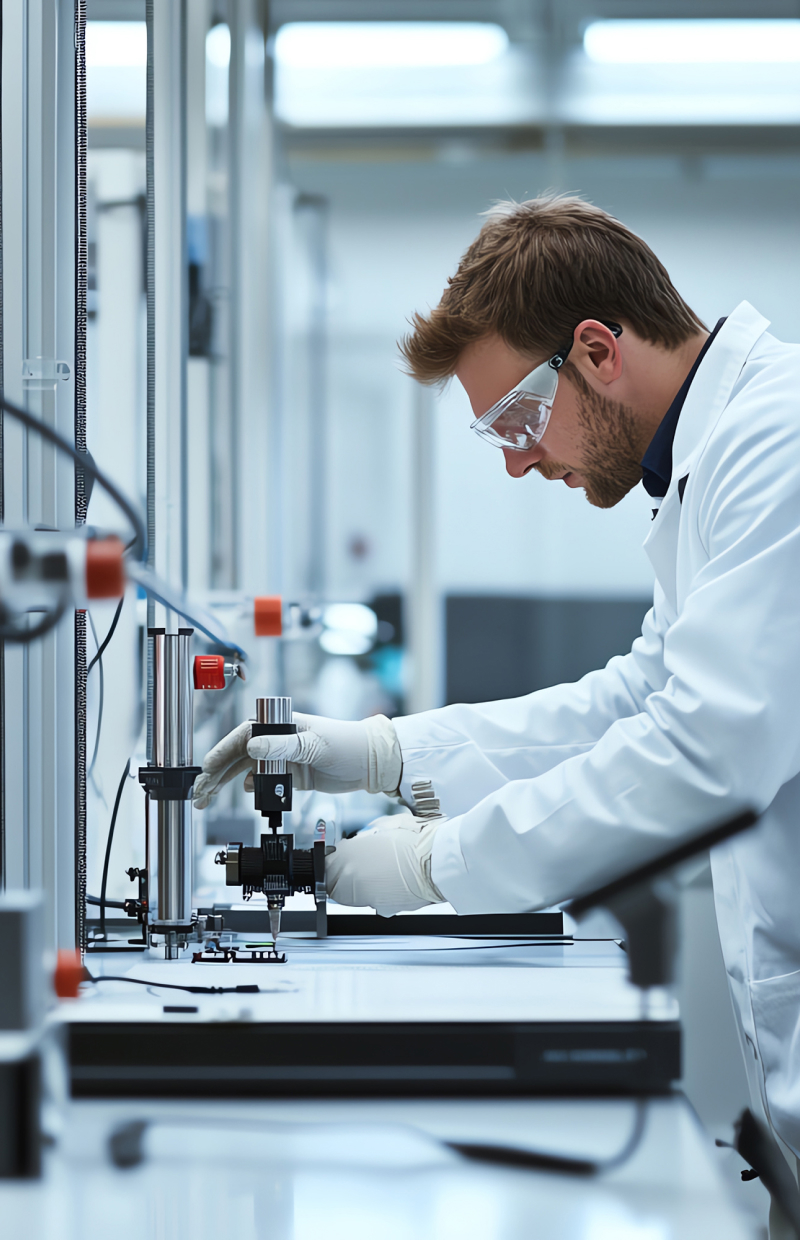Features of Ceramic battery
The possibility of a Ceramic battery with a continuous, microscopic thin film and a huge surface area in terms of volume ratio.
- The number of charge/discharge cycles is between 20,000 and 300,000 or more (lifespan of 30 years or more) and does not deteriorate even when used at 100%.
- Operating voltage is wide-ranging, from 24V to 1000V (lithium-ion battery:3.8V).
- Outstanding energy density (1,000Wh or more/1kg).
- Holds 3 to 10 times more capacity than lithium-ion batteries.
- Power density of up to 10,000W/kg.
- Can be manufactured using only domestic parts and materials (in Japan).
- Can be rapidly charged and discharged (approximately 10 times faster than general rechargeable batteries).
- No risk of fire or explosion due to heat generation.
- The chemical substances in conventional rechargeable batteries deteriorate, but our batteries do not deteriorate and have a long life.
- Lower cost and higher quality than existing lithium-ion batteries.


